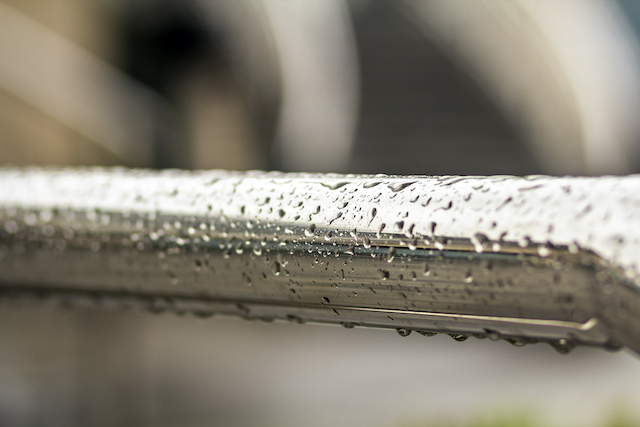The Negative Effects of Humidity and Why Moisture Protection is Important

One of the most important concerns when it comes to proper moisture protection is taking dampness into account.
One of the most important concerns when it comes to proper moisture protection is taking dampness into account. Although you may think that concrete buildings are fully resilient to precipitation and other types of water exposure, this is not always the case. Winter is known for being colder and more dry, but even so, there are still rainy days. It seems that even as we approach the spring, there are still warm days, which comes with higher humidity levels. Read on to learn why humidity can cause issues for concrete and why moisture protection is needed.
Issues Caused by Dampness Because of High Humidity Levels
Residential structures and other commercial buildings are usually built from concrete, brick, or other kinds of masonry. Even though it seems unlikely, dampness could affect all of these materials in a negative way, possibly causing irreparable damage that is pricey and time-consuming to fix. Efflorescence could lead to bricks, tiles, and stones losing their structural integrity. Plaster could also soften and crumble, while paint can peel and bleach. Your electrical connections could be in jeopardy too.
Why Dampness Presents Issues in the First Place
So now the question is: why is dampness an issue at all? Higher humidity levels should not be a worry as one calendar year comes to an end and the next one starts. Gaps, voids, and other crawlspaces could absorb condensation, even the sturdiest concrete structures could start to break down with proper moisture protection measures set in place. Poorly-thought-out planning, weak or shoddy materials and rushed construction timeframes could all contribute to why dampness and humidity could end ruining the building you are trying to remodel, build, or renovate.
Identifying How Dampness and Humidity Become Problems
Look at the foundations of your building in question. Foundation walling is quite vulnerable to dampness damage because of soil erosion and capillary action too. Rainwater hitting the exterior walls, whether its due to gravity or poorly-maintained gutter systems, could also add to the humidity woes. Parapets, walls, and other retaining walls could also be damaged by rain, at least on the exterior of your buildings and property. Humidity also affects the quality of air indoors and could warp windows, walls, and floors while trapped inside a building envelope. The slope of your roof matters too, both sloped roofs and flat roofs could be dangerous to concrete structures no matter how durable the materials that are used truly are.
Revitalize Your Business with G&M Services
G&M Services is proud of our employees and the dedication they have for safety in the workplace. We reward our employees for displaying positive safety practices. We incorporate weekly and monthly discussions and meetings to ensure that all involved know how to handle equipment and potentially risky situations during a project. We offer services in the way of concrete drilling and sawing, concrete scanning, and Firestop. To get started with us, call today at 410-787-8828 or visit our contact page. Follow the official company page today on Facebook, Twitter, and LinkedIn.








